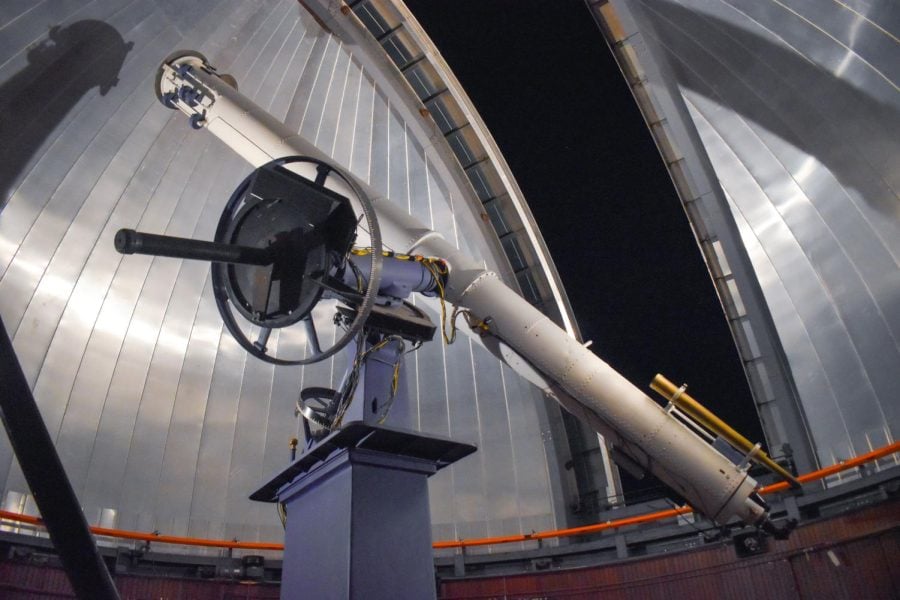Space mission with NU scientists named finalist for NASA exploration program
Daily file photo by Jacob Wendler
Dearborn Observatory. Three Northwestern astrophysicists are part of a team selected as a finalist for a NASA space exploration program.
January 10, 2023
A space mission involving Northwestern astrophysicists has been selected as a finalist to lead NASA’s Explorers Program, the University announced in a news release.
The STAR-X mission, one of two finalists to launch a research facility into space in 2028, includes physics and astronomy Profs. Vicky Kalogera and Wen-fai Fong and Center for Interdisciplinary Exploration and Research in Astrophysics postdoctoral fellow Charlie Kilpatrick.
As a finalist, the STAR-X team was awarded $3 million from NASA to develop a nine-month probe of the mission proposal. The researchers would receive up to $300 million in funding if selected to launch the facility.
The group will investigate time-based changes in astronomical objects and document rapid cosmic events such as supernova explosions. The facility would utilize X-ray and ultraviolet telescopes, as well as a responsive spacecraft.
“It was a thrill to receive the news that NASA selected STAR-X as one of just two missions to reach this stage of development,” Kalogera said in the release. “The team has optimized STAR-X for discovery of X-ray and ultraviolet signals that are bright only for a short time but carry a lot of information about the exotic objects that produce them.”
The NU mission members are interested in using the facility to study collisions between neutrons and stars, according to the release.
In 2017, Kalogera was among the first scientists to discover gravitational waves from a neutron-star merger. Fong has researched the electromagnetic light from that merger and said STAR-X is a gateway to observe similar phenomena.
“As gravitational wave observatories will be operational long into the future, STAR-X will be capable of discovering and monitoring dozens of mergers,” Fong said. “This will be a gold mine when it comes to understanding the fastest outflows from neutron-star mergers.”
NASA will choose the winning proposal as soon as 2024.
Email: [email protected]
Twitter: @rjleung7
Related Stories:
— Research paper suggests potential for bacteria survival below the surface of Mars
— Dearborn Observatory reopens to public after two-year closure
— NU astrophysicists trace locations of intense radio blasts to galaxies’ spiral arms


